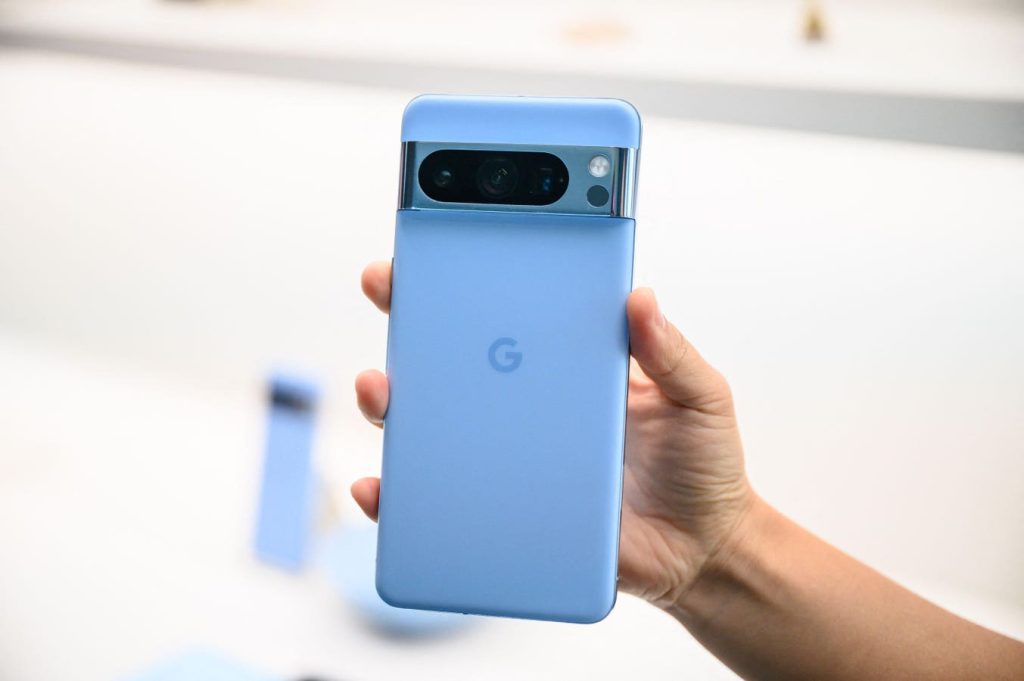Google is shaking up its launch strategy with plans to release three different Pixel 9 phones later this year, as leaked by tipster OnLeaks. This includes the addition of a third “XL” Pixel 9 to the range, as well as two smaller Pixel 9 Pro units. The base Pixel 9 will come with two camera sensors and a 6.03-inch display, featuring rounder edges and a redesigned camera bump. Both the design and product strategy of the Pixel 9 show clear similarities to Apple’s iPhone, with the inclusion of a third model further solidifying this likeness.
The top model of the Pixel 9 range, the Pixel 9 Pro XL, measures slightly shorter than the current Pixel 8 Pro. Google’s decision to add a middle Pro unit at 6.1 inches and shrink the size of the entire lineup appears to cater to individuals who prefer smaller phones but still want the high-quality camera hardware of the Pro models. This shift represents a major change in Google’s smartphone plans, as the company has typically released one or two versions of its flagship smartphones in the past, even during the Nexus era. With potentially five different Pixel phones releasing this year, including the Pixel 8a, Pixel Fold 2, and the Pixel 9 range, Google seems to be expanding its offerings in the smartphone market.
In an update on March 29th, it was revealed that the Pixel 8a is on the way, as Google stopped selling the Pixel 6a on its website. The old URL for the Pixel 6a now redirects to the 7a’s landing page, indicating that space is being made for the upcoming 8a model, expected to launch at Google I/O in May. While the Pixel 6a is still available from other retailers like Amazon, Google has added new AI functionality to the budget handset, including Circle to Search, a feature that allows users to search images by drawing on them.
Circle to Search was originally featured in the Pixel 8 and has been highlighted in Samsung’s Galaxy S24 marketing materials. Samsung recently updated some of its 2023 phones with new AI features that were previously exclusive to the Galaxy S24, including Live Translate, Note Assist, and generative image editing. Google and Samsung may roll out more AI tricks to older devices in the future, depending on hardware compatibility. As the smartphone market continues to evolve, both companies are aiming to stay competitive by offering innovative features to consumers.


